Neighbourhood 2: Jalan Besar / Singapore
Cleaning up its act
The traditionally working-class neighbourhood of Jalan Besar is emerging as a hotbed of creativity, cafés, architecture practices, galleries and studios. What’s more, the sophistication of the area’s offering is growing by the day.
There aren’t many places in Singapore where you can hear cockerels crow in the morning. But for the residents of Jalan Besar it’s a familiar wake-up call from the birds that are kept around the ornate Peranakan-style shophouses here. A few kilometres north of the city state’s business district, the neighbourhood was once known for its ubiquitous hardware shops, not to mention brothels on Desker and Rowell Road and the thieves who favoured the market on Sungei Road. But the area’s lawless reputation is being slowly rehabilitated.
“My first impression of Rowell Road was that it wasn’t safe,” says Bjorn Yeo, who runs his graphic-design agency Tripple in the area. When he was scouting for an office three years ago he was deterred by the presence of the sex-workers openly plying their trade. However, eventually the charm of the neighbourhood and its colourful characters won him over and today he has no regrets about doing business here.
Yeo isn’t alone in being attracted to the once-overlooked area. In 2012 former banker Leon Foo converted a hardware shop into a coffee-roaster and café. It’s one of the first businesses to publicly signal the area’s shift and the potential for transforming the art deco and colonial shophouses that line the roads and alleys between the Rochor Canal and Lavender Street.
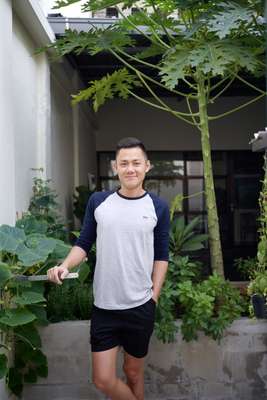
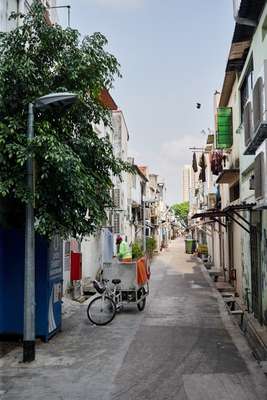
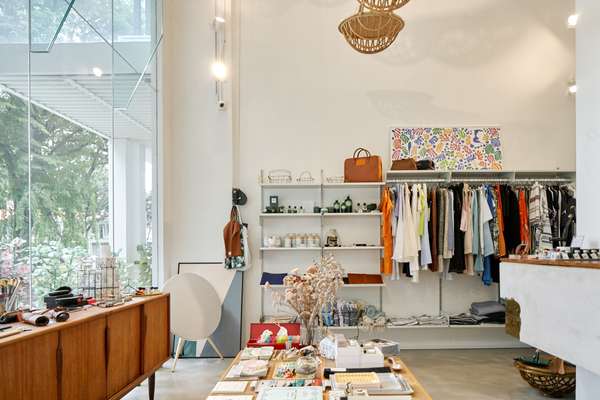

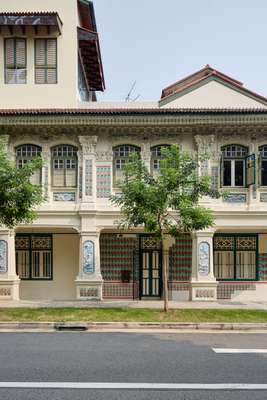
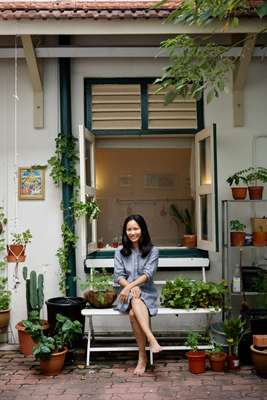
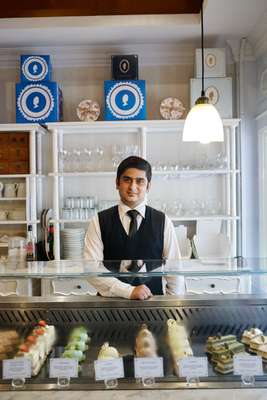

“Leon injected something new into something authentic and traditional in the area,” says Dean Chew, founder of Fuur Architects. He and his business partner Jasper Chia moved their practice into an old shophouse nearby in 2011, before the café opened.
In a country that has mostly embraced the future by scrapping old buildings and quickly erecting new ones, Jalan Besar is an anomaly thanks to its rich and still largely intact architectural booty. “This area has traditionally been part of the manufacturing supply chain and there’s a bit of romance here associated with craft,” says Chia. “There are tonnes of old businesses and it’s probably the last authentic working-class district in Singapore.”
While the bric-a-brac shops, car mechanics and clan associations (places where Chinese migrants congregated according to their dialects in the early 20th century) are still here, microbreweries, hotels and design-minded shops and galleries have sprouted alongside them. Mike Tay runs a homeware shop called Onlewu in one of the colonial-era shophouses. The former media professional breathes new life into old Singaporean iconography by turning it into vibrant and quirky designs that are applied to cushions, wallpaper and stools. “When residents chance upon us they are happy with what we’ve done to the place,” he says. Upstairs he runs an art gallery called Flaneur, which showcases homegrown talent. Recently a curator from the Singapore Art Museum (see page 155) bought a piece for the museum’s collection.
Many start-ups can be found in shared workspaces, including the somewhat joylessly named Workhouse. It was started in April 2015 by Kunal Pawa, who converted his family home into a mimimal space for young businesses. Swiss-born Patrick Jungo chose to base his tailoring firm Edit Suits in the neighbourhood because of its cheaper rents coupled with its proximity to the business district. “Many of my customers come here right after work,” says Jungo.
It’s not just entrepreneurs who are putting down roots here: the architectural stock and liveliness are drawing expatriates and natives alike. Taiwanese-born Andrew Lo, creative director of MTV Asia, lives in one of the conservation properties on Rowell Road. “It’s chaos but I love it; it’s convenient and there’s so much good food around.”
Another resident, artist Lucinda Law, recalls a makeshift stage that was erected overnight at her doorstep: “It was the Hungry Ghost Festival and there were offerings and incense everywhere.” It’s the unexpected that make living here a delight for Law. She enjoys wandering through the alleys and her favourite spot is her backyard, where she holds botany lessons. When she moved in it was, like Jalan Besar, something of a jungle. She cleared the weeds save for a sapling and in 2015 the tree bore its first dragon fruit. “I didn’t expect it to bloom,” says Law. “I didn’t even know it was a dragon-fruit tree.”
Notes: Need to know
Setting up:
It takes about two weeks from start to finish to register a business in Singapore, which can be done online.
Connectivity:
High-speed internet is the norm in Singapore; hotspots can be found in public places such as train stations. That said, installing an internet connection for your business might take longer than expected due to red tape.
Creative businesses:
Low rents have been attracting small design companies and agencies to the area. However, more can be done to welcome new businesses and foster a tighter creative community.
Pockets of calm:
The main Jalan Besar artery is a frenetic strip but turn west on Petain Road and you’ll find a quiet park that is flanked by a strip of beautifully restored shophouses.
Living:
Want to live in a heritage home? They are owned and managed by the Singapore Land Authority and prospective tenants can bid for them online.


